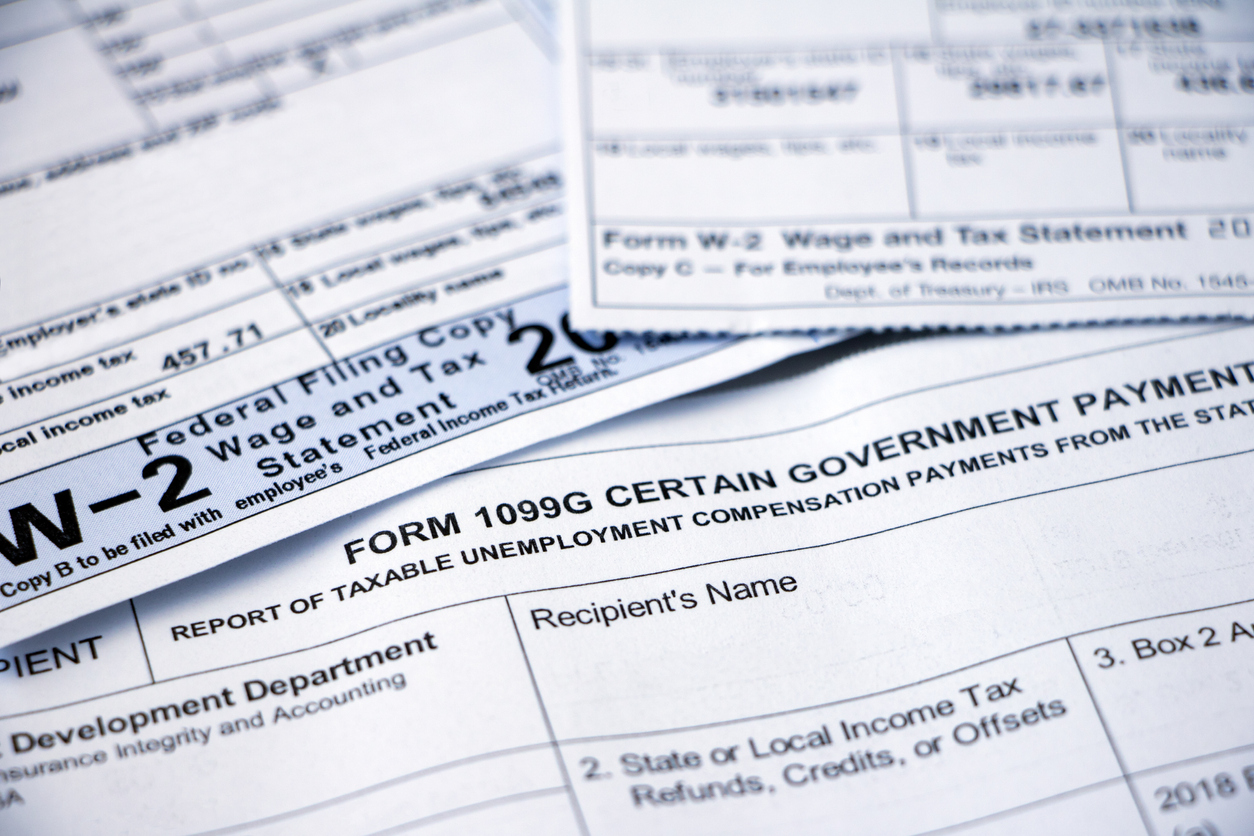There are many different versions and uses for Form 1099, but all serve the same broad purpose — to provide information to the IRS about non-employment related income. It is the responsibility of the organization paying this income to send one copy to the taxpayer and one to the IRS. These forms are becoming even more prevalent as organizations hire independent contractors to fill staffing and skill gaps or for special projects. Form 1099 is also used to report dividends and distributions, interest income, income from investments and insurance, just to name a few. Check out the following best practices for Form 1099 management.
Managing 1099s for Vendors and Contractors
Employers can begin by setting up a process to properly report on vendors or independent contractors.
Get a W-9 form before beginning a new working relationship. Ask each new contractor to fill out Form W-9 when you begin a new working relationship. In addition, all current vendors and contractors should fill out an updated Form W-9 at the beginning of each year to provide the most current information.
The IRS has a 3-factor test to determine if a worker is an independent contractor. This excerpt comes directly from their website, and all questions must be considered in tandem to determine if the individual is an employee or independent contractor:
- Behavioral: Does the company control or have the right to control what the worker does and how the worker does his or her job?
- Financial: Are the business aspects of the worker’s job controlled by the payer? (these include things like how worker is paid, whether expenses are reimbursed, who provides tools/supplies, etc.)
- Type of Relationship: Are there written contracts or employee type benefits (i.e. pension plan, insurance, vacation pay, etc.)? Will the relationship continue and is the work performed a key aspect of the business?
Obtain a written contract with your contractors and vendors. This should be an obvious one. Yet many business deals are still done through email and verbal agreements. Even a simple contract can help to create the distinction of the role of the worker as an independent contractor, and not as an employee, to avoid any confusion or issues down the road.
Expense reimbursements should be included on your independent contractor 1099s. Depending on each situation, an independent contractor will likely deduct unreimbursed expenses on their taxes. It is the employer’s responsibility to ensure that any expense reimbursements are properly accounted for on Form 1099 issued to the individual and to the IRS. It’s the contractor’s responsibility to properly account for those reimbursements on their tax return.
Update your accounting software program to manage form compliance. Many accounting software programs provide a way to designate vendors and contractors as 1099 recipients. If you are properly tracking this in your accounting software, it will help you keep track of the forms you have and need for each vendor or contractor.
Other 1099 Uses
There are many types of 1099 forms for different situations where income is realized. This includes dividends and distributions, interest income, income from investments and insurance, rental property income, sales proceeds and other miscellaneous income.
Rules can change. Failure to meet Form 1099 compliance is serious, and there are potential financial penalties. If you are unsure if you are managing non-employment income and 1099s properly, speak with your tax advisor to receive guidance.
When properly accounting for independent contractors or other areas that require the use of a 1099, Anglin’s Solutions Group can help you understand the requirements and remain compliant. Contact Ryan Campbell, CPA, CVA at 256-533-1040 for information or to schedule a time to discuss how you are managing contractors or vendors of your business or other non-employment related income matters.

